FREE printed Journals will be shipped for all online Subscriptions. Check out our options and features included.
Article
-
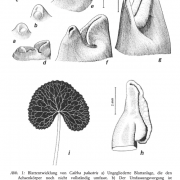 Elemente der Naturwissenschaft123,2025
Elemente der Naturwissenschaft123,2025The first part of this work deals with the fundamental concepts and methods of morphology: with the classical basic organ concept and with the type concept of the leaf; alternative concepts are proposed. The importance of the... read more
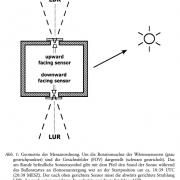 Elemente der Naturwissenschaft123,2025
Elemente der Naturwissenschaft123,2025The complex interplay between the biosphere, lithosphere, hydrosphere, and atmosphere – with their dynamic properties governing the planet’s warmth and energy balance – must ultimately be reflected in a manageable number of... read more
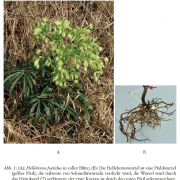 Elemente der Naturwissenschaft122,2025
Elemente der Naturwissenschaft122,2025The continuous growth of the leafy stem of stinking hellebore (Helleborus foetidus) is halted after several years by the flowering process, which would lead to the death of the stem. The plant gets around this by producing new basal shoots... read more
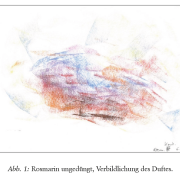 Elemente der Naturwissenschaft122,2025
Elemente der Naturwissenschaft122,2025A research method is presented that takes up one of Rudolf Steiner’s suggestions for attaining imaginative experiences: sensory perceptions are expressed in painted pictures without forming concepts. In applying this method, inner activity becomes the... read more
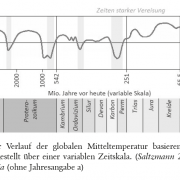 Elemente der Naturwissenschaft122,2025
Elemente der Naturwissenschaft122,2025In an earlier article, the author dealt with questions of aligning the anthroposophical spiritual-scientific evolutionary epochs, as determined by Rudolf Steiner, with the geological time scale. He came to the conclusion that the separation of the... read more
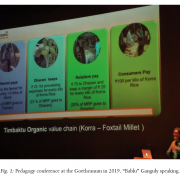 Elemente der Naturwissenschaft122,2025
Elemente der Naturwissenschaft122,2025Means of diversifying methodological approaches include varying research questions and ways of asking them. This paper suggests that a diversity of qualitative approaches strengthens the research itself, and is of particular use in Goethean-driven... read more
Colloquium
-
Elemente der Naturwissenschaft123,2025
Reflektionen chemischer Denkweisen und die Differenzierung der Chemie nach menschenkundlichen Gesichtspunkten waren Ende September Thema beim Treffen der Arbeitsgruppe Chemie in Eckwälden/DE in den Räumen der WALA Heilmittel GmbH. Das Programm des zweitägigen Treffens umfasste drei Hauptbeiträge, daneben war viel Zeit... read more
 Elemente der Naturwissenschaft122,2025
Elemente der Naturwissenschaft122,2025Today, Goethe is best known for literary works such as his version of Faust. However, he also carried out many scientific studies. His Farbenlehre, which can be translated as Theory of Colours, was his most developed scientific work, first published in German in 1810.
Goethe’s theory contains four main... read more




















